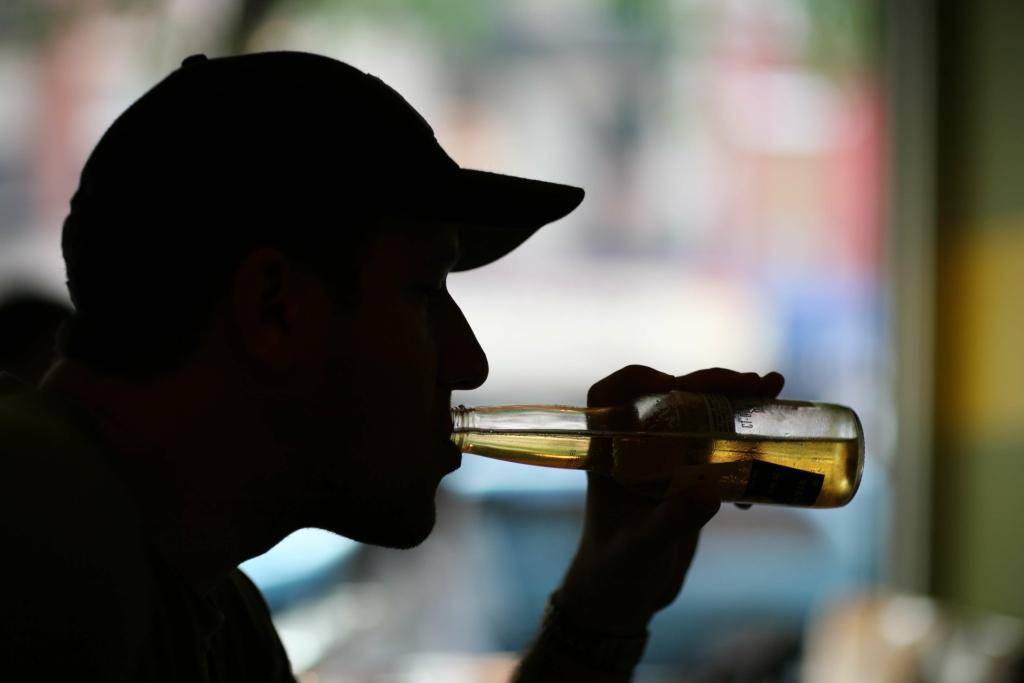Cues can work negatively for addicts as its considered relapse triggers. Like the name suggests, cueing is reminding a person to perform a certain action at a given time. If the addict doesn’t engage throughout these triggers, the cues will lose their power and reduce cravings. By reducing the power the triggers have, it is a powerful way to help addicts recover.
- It’s used to weaken or suppress undesired behaviors without introducing an aversive stimulus.
- But positive reinforcement, where Allen got a tally mark as a reward every time she looked over and all four legs of his chair were down, might have been better as it would reinforce the positive behavior.
- This is a foundational concept in behavior modification and is used to strengthen desired behaviors.
Teen Anxiety: Don’t Wait, Find Effective Treatment Now

Then, certain variables can be manipulated via reinforcers and punishments to change problem behavior(s). This activity reviews the indications and contraindications for behavior modification and highlights the role of the interprofessional team in the management of patients https://www.e-creditcard.info/where-to-start-with-and-more-5/ with behavioral disorders. Formerly known as behavior analysis, behavior modification is a kind of psychotherapy that can be used during addiction recovery. It compliments other therapies because it addresses certain aspects of addiction that other therapies don’t.
Cognitive Behavioral Therapy
This can involve adding or removing certain stimuli from the environment. The goal is to make the desired behavior more likely and the undesired behavior less likely. By rewarding closer and closer approximations to the target behavior, the individual is guided toward exhibiting http://newezo.ru/theosophy/news/ob-etom-dolzhen-znat-kazhdyiy-vrednyie-ingredientyi-v-kosmeticheskih-sredstvah.html the final desired behavior. It’s a step-by-step process that allows for the development of complex behaviors. It’s important to note that negative reinforcement strengthens behavior, similar to positive reinforcement, but through the removal of a negative stimulus.
- For instance, as a training director of a majorairline asked, “How do you quantify what a flight attendant does?
- Examples of such goals are decreasing absenteeism or tardiness, reducing product defects on an assembly line, and meeting production schedules.
- However, it should be used with caution, as it can have unintended negative consequences.
- Inone group (the experimental group—see Appendix A),the supervisors were trained in the techniques of behaviormodification.
- This type of therapy is not the only solution and does not stand alone in getting people through recovery.
- If the employee succeeds during the week-long programin removing all of the badges and shows her sincerity andcommitment, she graduates.
- Positive punishment involves adding an aversive stimulus to decrease the likelihood of a behavior.
Types of Behavioral Modification

Early in the program, rewards or punishment happen nearly every time the behavior occurs, and then eventually, the interval of response changes. Over time, the reinforcement thins out until the teen is able to perform the behavior without consistent reinforcement. Yet treating mental health doesn’t always impact negative behaviors.
Maryland Drug Rehabs by Type:
Studying animal behavior allows for a more rigid scientific approach because animals can be studied for longer periods of time and can be studied under a number of different types of conditions. Animals also do not typically respond as strongly, or at all, to being observed as https://www.micq.org/page.php?id=233 humans do. This takes away one problem for studying human behaviors, where just being watched can strongly impact what people do. A token (sticker, chip, point, tally) is anything that can be earned by exhibiting the desired behavior that can then be exchanged for reinforcers.
Reinforcement

